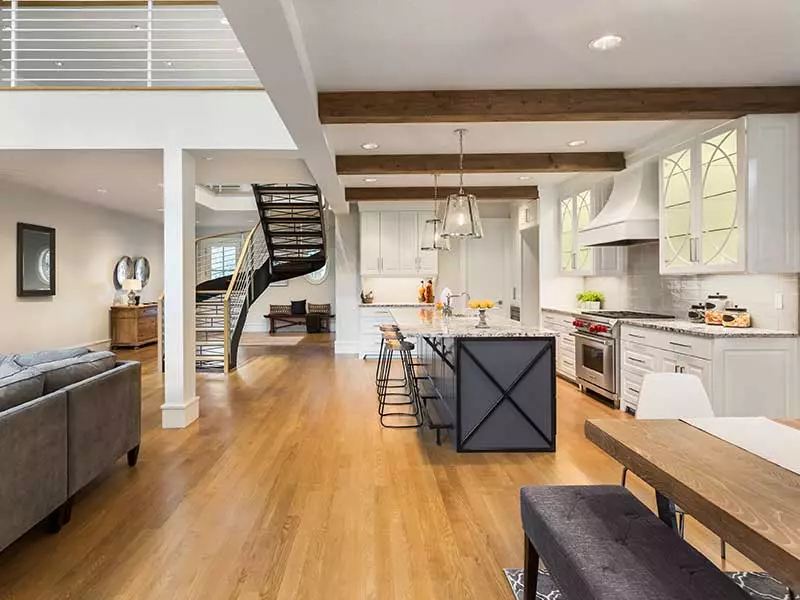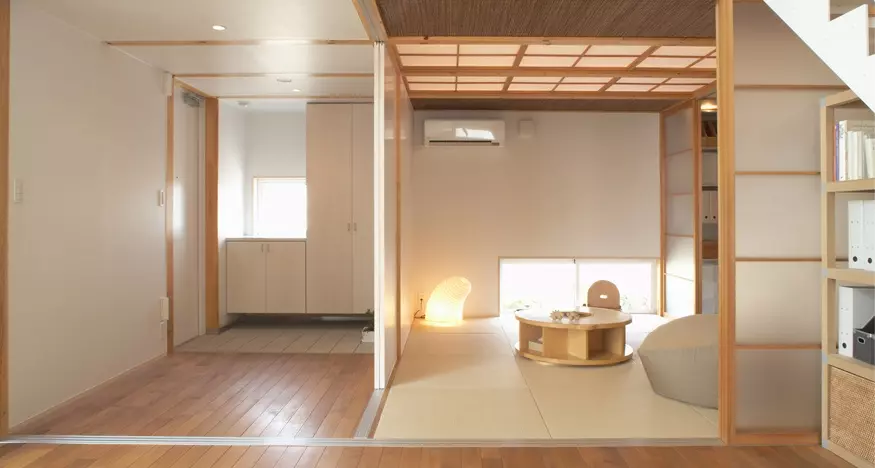Imagine walking into a home that exudes an air of tranquility and simplicity, where every element is thoughtfully designed to create a harmonious living space. This is the essence of Japanese interior design. In a world where our lives are often cluttered with excess, the Japanese have embraced minimalism as a way of life. It is a philosophy that extends beyond aesthetics and permeates every aspect of their culture. Let's explore the components of Japanese interior design and the underlying principles of Zen philosophy that inspire it.
Components of Japanese Interior Design and Zen Philosophy
Japanese interior design encompasses a range of elements that work together to create a serene and balanced environment. Here are some key components of this design style:
- Open Spaces: Japanese architecture incorporates large windows or shoji, traditional Japanese doors made of wood and lined with paper, to flood the space with natural light. This creates a sense of openness and connection to the outside world.
 Image: Open Space Japanese Interior Design
Image: Open Space Japanese Interior Design
- Japanese Nuances: Consider using wallpapers that capture the essence of Japanese design. Look for patterns and colors that evoke a sense of tranquility and nature.
 Image: Japanese Nuances Wall Design
Image: Japanese Nuances Wall Design
-
Natural Elements: Embrace nature by incorporating elements such as indoor plants, bonsai trees, and natural materials like wood and stone. This brings a sense of harmony and grounding to your space.
-
Minimalist Design: Utilize clean lines, neutral color tones, and simple patterns to create a minimalist aesthetic. Less is more in Japanese interior design.
-
Sliding Doors, Screens, and Dividers: These traditional Japanese features allow for flexible use of space, ensuring privacy when needed while maintaining an open feel.
-
Wood and Straws: Hand-woven straw mats called tatami mats are used to line the flooring of Japanese homes. They provide comfort and serve as a connection to nature, adapting to the seasons.
-
Genkan-style Entryways: Japanese homes often have dedicated porch-like areas at the entrance. These genkan areas are lined with doormats and serve as a transition space between the outside and inside.
 Image: Genkan Entry Japanese House
Image: Genkan Entry Japanese House
-
Huge Bathtubs: Japanese interior design often includes large bathtubs made of natural materials like hinoki wood. These provide a luxurious and relaxing bathing experience.
-
Low-bearing Furniture Design: In the Japanese culture, sitting on cushions or tatami mats on the floor is traditional. Incorporate low-height furniture to maintain a good posture and create a cozy atmosphere.
 Image: Low-bearing Furniture Design
Image: Low-bearing Furniture Design
- Clean and Simple: Embrace the concept of minimalism to keep your space clean, organized, and free from unnecessary clutter. This allows for a calm and peaceful ambiance.
 Image: Clean and Simple Japanese Design
Image: Clean and Simple Japanese Design
By incorporating these elements into your home, you can create a space that nurtures a sense of peace, simplicity, and balance. Japanese interior design not only beautifies your living environment but also enhances your overall well-being.
So, let the art of Zen and minimalism guide you as you transform your home into a sanctuary of tranquility and understated elegance. Embrace the beauty of Japanese interior design and let it inspire a sense of calm and harmony in your life.












